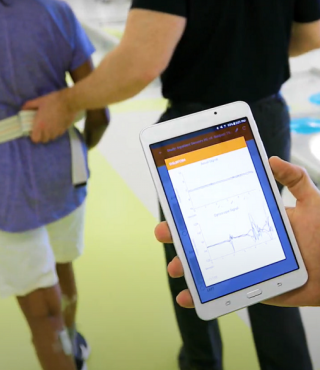Purpose
The SCI-QOL Wheelchair Mobility instrument assesses wheelchair mobility in individuals with spinal cord injury.
Link to Instrument
Area of Assessment
Quality of LifeSeating
Assessment Type
Patient Reported OutcomesAdministration Mode
ComputerCost
FreeCost Description
Paper copies of short forms are available. PDFs can be requested through emails to sci-qol@udel.edu and tbi-qol@udel.eduElectronic versions can be found in the NIH Toolbox or the PROMIS app. Either app is $500/yr, and covers up to 10 iPads on a single license. The SCI-QOL and TBI-QOL CATs can be administered directly through these apps. It is important to note that using the app requires you to be physically with the participant or read the questions aloud by interview over the phone - there is no way to send a link to have someone complete the measures at home.
Free electronic versions are available. If your institution has REDCap, the CATs and short forms can be accessed through the REDCap instrument library by searching for the specific measure you want and adding them to your REDCap project. For non-REDCap alternatives, the SCI-QOL and TBI-QOL short forms can be imported into an alternative electronic administration platform such as Qualtrics, SurveyMonkey, Google Forms, etc. Email sci-qol@udel.edu or tbi-qol@udel.edu to request PDF versions.
Diagnosis/Conditions
- Spinal Cord Injury


